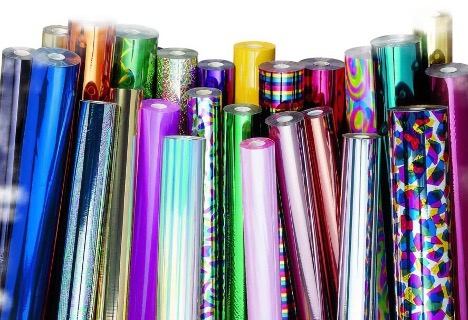
Learn More About Foil Stamping
Printed collateral, direct mail, and other printed marketing communications remain the bedrock of successful marketing campaigns, but their “look” is always changing.
Consumers today, especially Millennials, are drawn to marketing touches that produce an experience. They love the novelty of print, and their ability to handle a tangible, quality piece stands out in the crush of electronic messaging. But not just any design will do. It has to be intriguing. This is where foil stamping and foil embossing comes in. Sure foil stamping and embossing will cost more, but they both can pay great dividends.
There are two types of foil stamping: hot stamping and cold foil transfer. Both create an elegant, standout look that says, “You matter enough to go the extra mile.” foil embossing is another option often used with foil that pushes out the foil to add an extra level on the paper.
Hot stamping is used to create the look of richness, quality, and elegance. In this process, the foil is applied to the substrate under the heat and pressure of a hot die. The process costs more than cold foil transfer but creates extremely precise images.
Cold foil transfer uses a photopolymer printing plate to transfer the substrate. The stock and the film are placed under light pressure between the plate and an aluminum roller and exposed to ultraviolet light to cure and bond the foil in the image area. The process costs less than hot foil stamping and is used mostly on labels, but the images are less precise.
Here are a few other important things to know about foil stamping:
- Foil comes in a wide range of colors, both metallic and nonmetallic.
- Foil Comes in both gloss and matte pigment versions in many colors.
- Foil is available to look like marble, wood grain, as well as in holographic versions.
- Most foil stamping is done over smooth stocks, but it can also be applied to textured stocks. When using uncoated paper foil is often combined with embossing to create a raised image as the uncoated paper will be able to push out farther than coated paper.
- Because foil is opaque, it does not change color regardless of the substrate on which it is used. This makes it great for use on darker and colored papers and easier to register.
Foil stamping can offer tremendous benefits for the right projects and really creates breakthrough effects for the right audiences. If you are looking for a way for your message to stand out designing with a foil stamping effect could be the perfect special effect.
Print Still Works; using foil or embossing is just another option to make print stand out.



